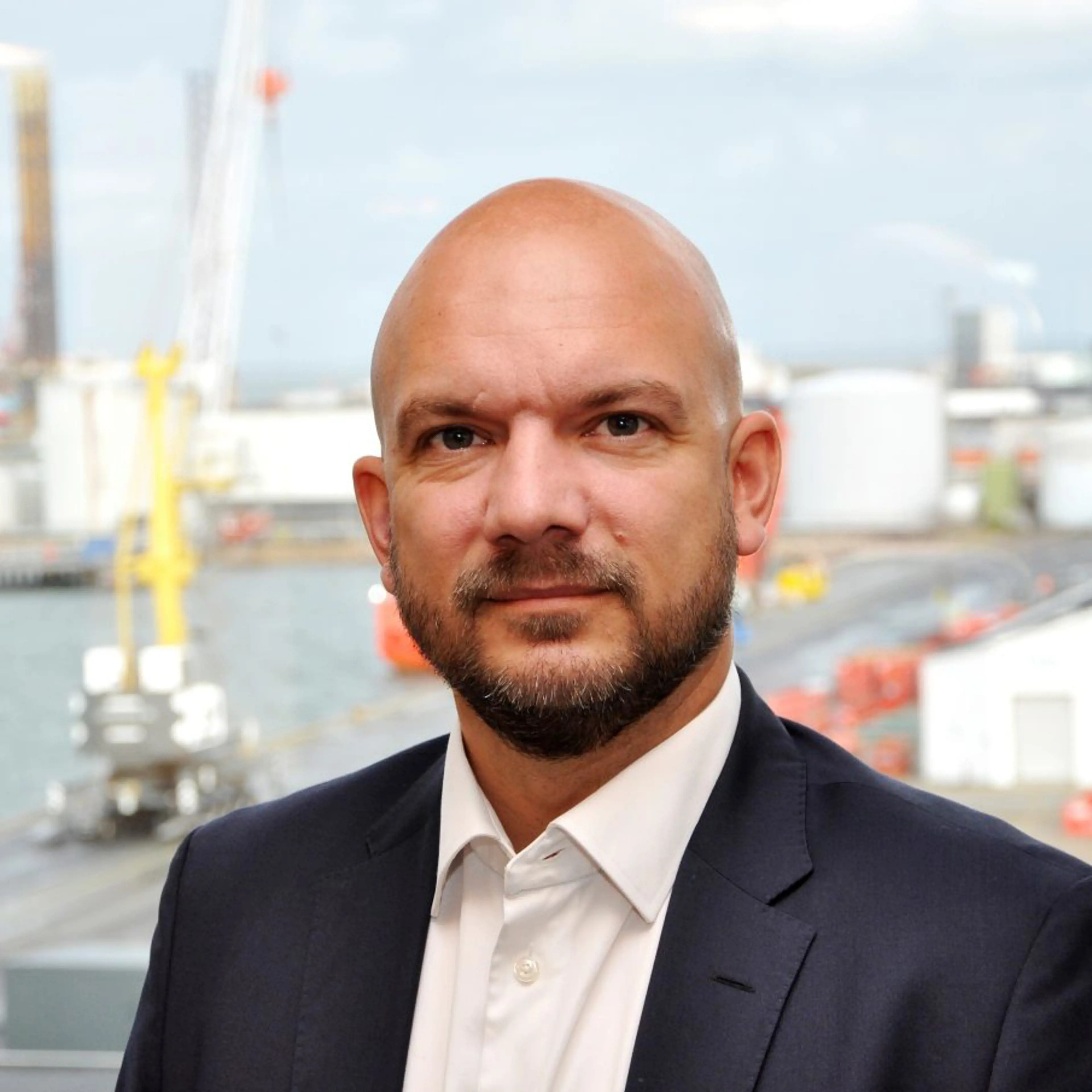“Shipping used to be seen as a cyclical industry, with bursts and microbursts of opportunity that you need to grasp if you want to survive. But we’ve started to see a shift from a more traditional cyclical asset-based mindset to one recognizing that the human side of how the assets are used are increasingly important. Global shipping and logistics is changing more rapidly than anyone anticipated.”
Green shipping
“The biggest challenges currently are around sustainability and green shipping. While new building order books are at an all-time high, mainly fuelled by the lucrative freight market, there is still a question around how to meet 2050 zero emissions targets and the propulsion systems required.
“Just six months ago we were entertaining the use of LNGs, but even in that short time LNG has fallen out of favour, with hydrogen and ammonia becoming the preferred options. Change is happening rapidly across the board, it’s not a regional challenge or a company challenge, it’s one that need resolution on a global industry scale.
“And as opportunities are being flushed out, it’s attracting big capital investors wanting in on the game. It will be interesting to see how it all settles into place as decisions begin to be made.”
A forced change
“We’re also seeing huge change in the way people are employed within the shipping industry, moving away from the traditional approach. Schedules and working hours have become more flexible, requiring a more innovative, creative way of working.
“Perhaps this is thanks to the situation in the past 18 months. Things changed so dramatically so quickly, we had no choice if we wanted to survive as an industry. Sometimes breaking those physical parameters allows us to become more mentally agile. We’ve seen a change of mindset within the industry in a very short time, one that allows for deeper, more transformational conversations.


